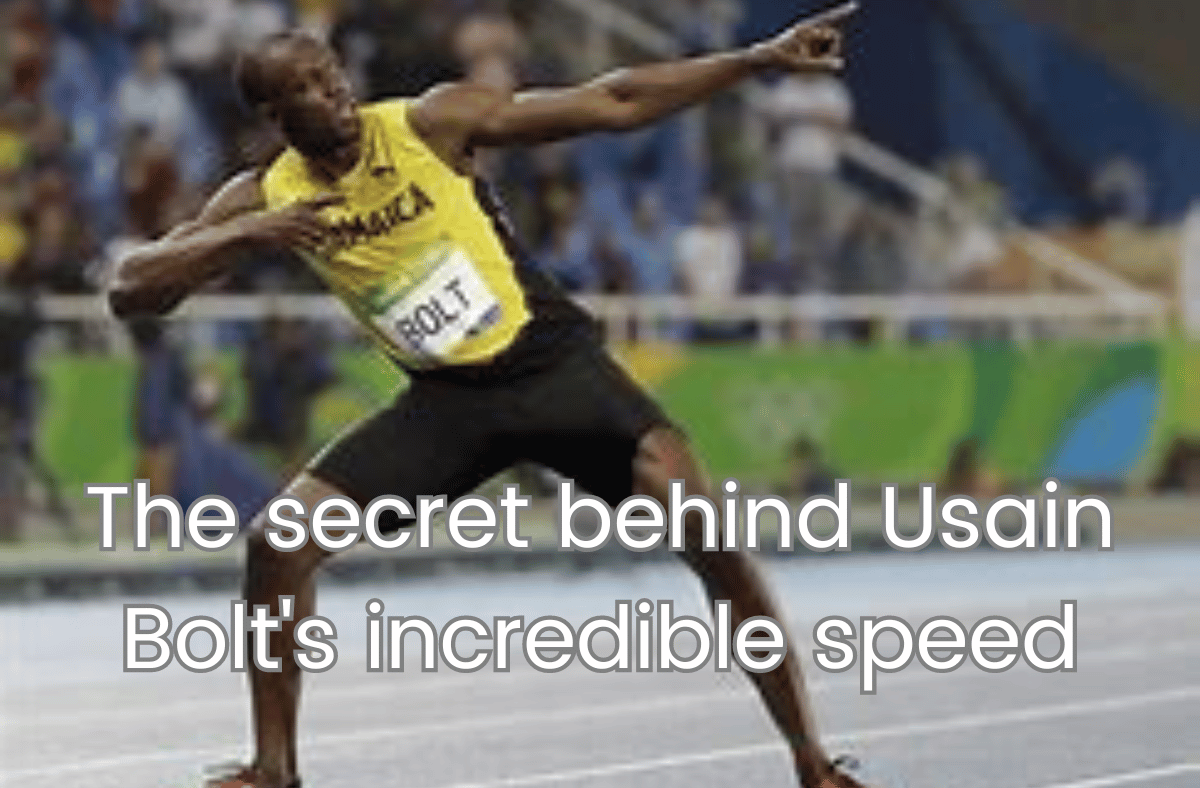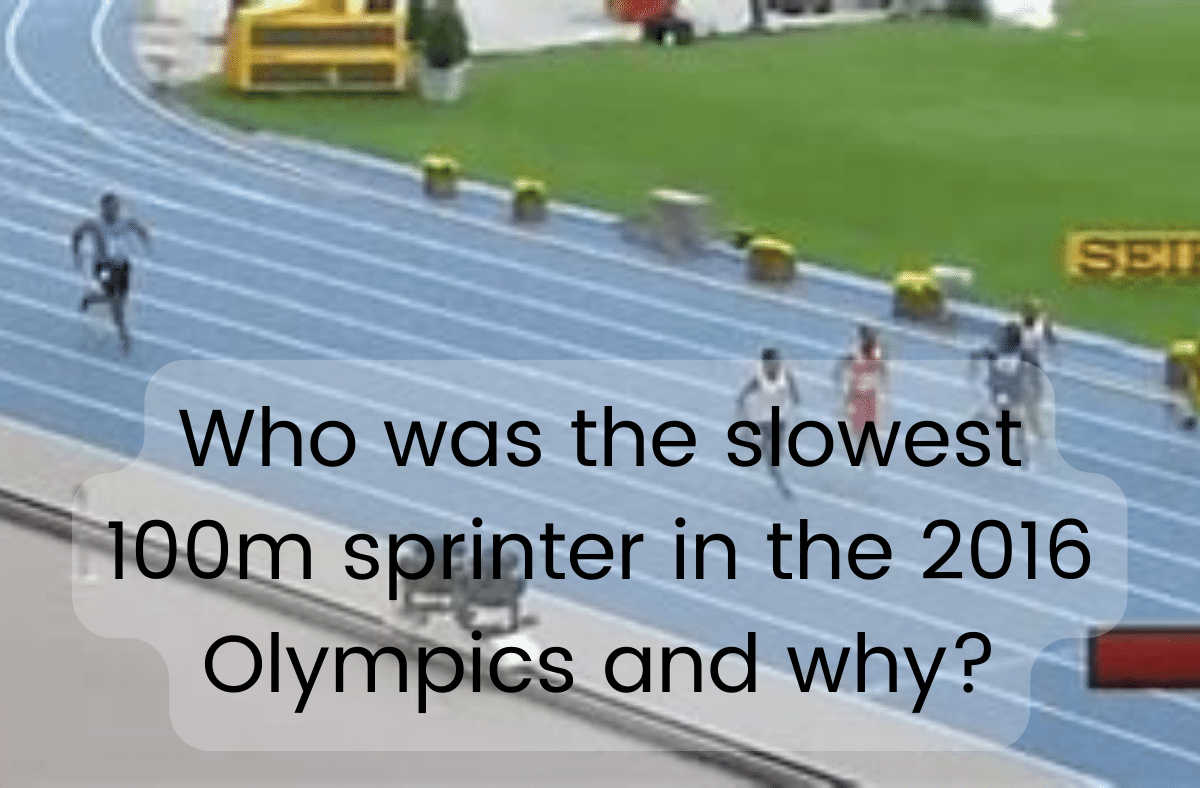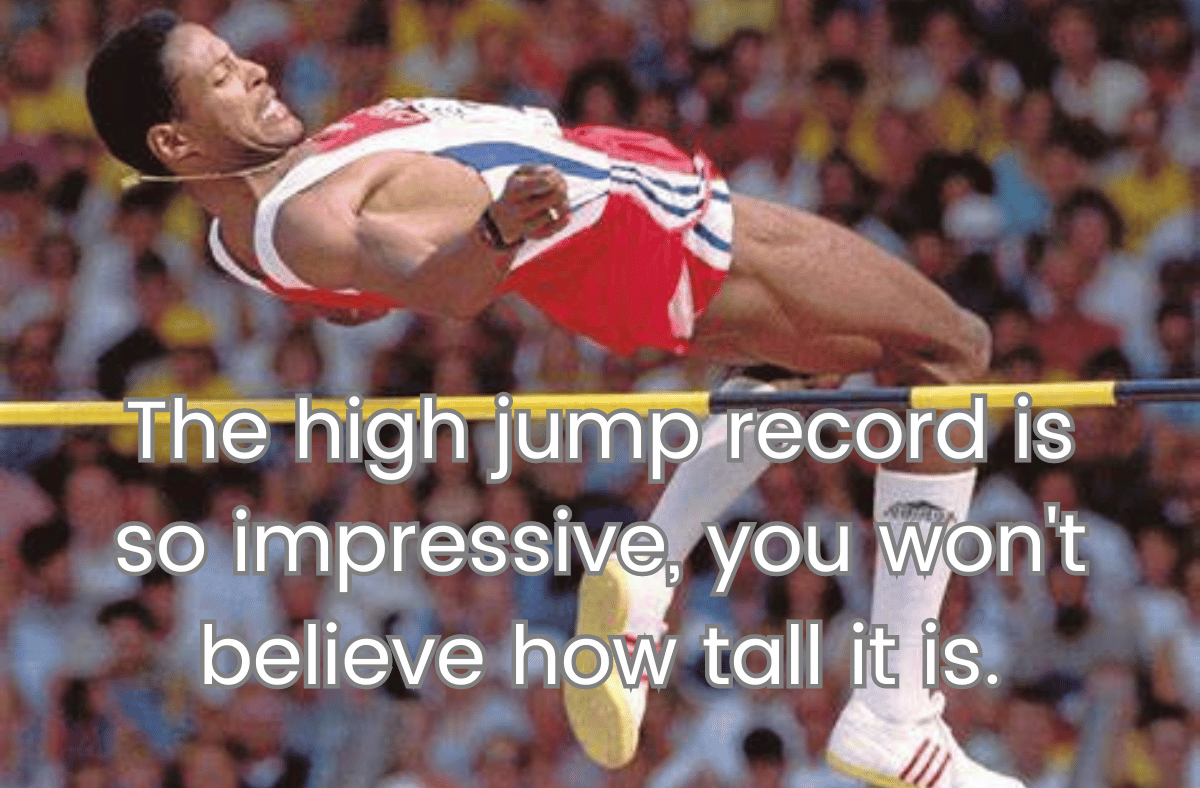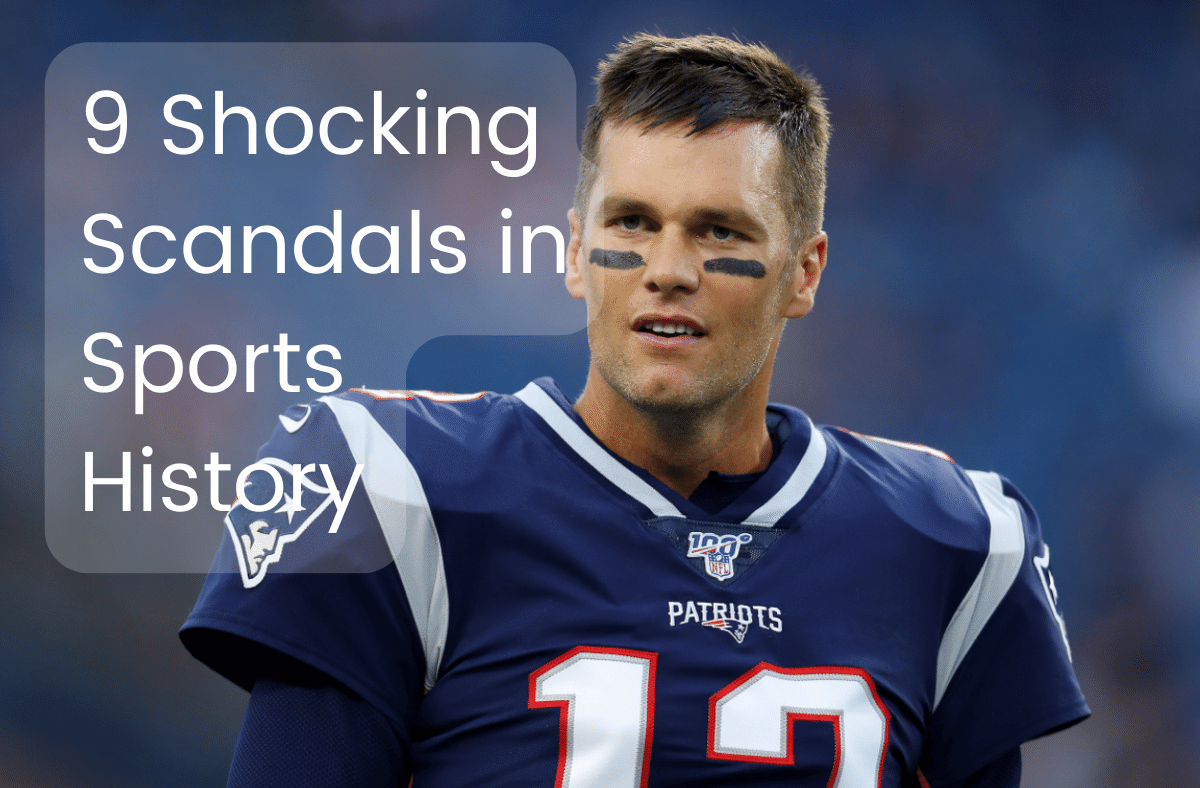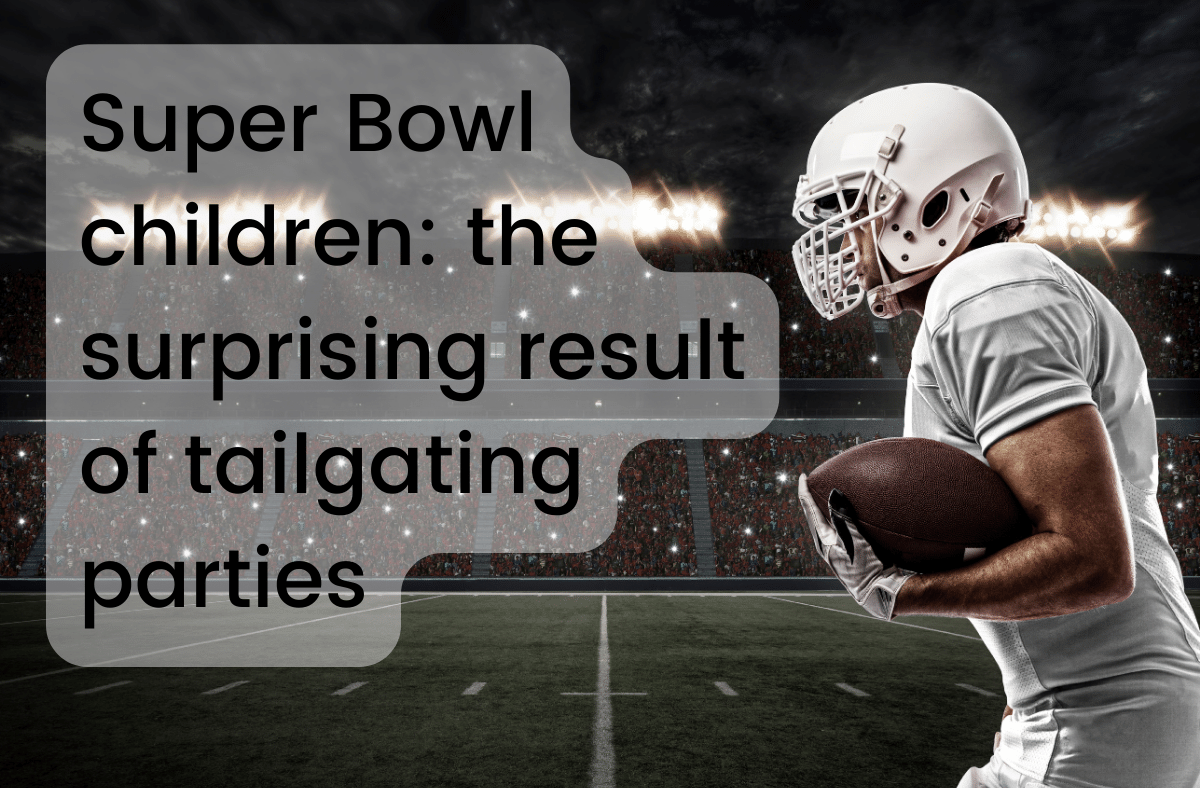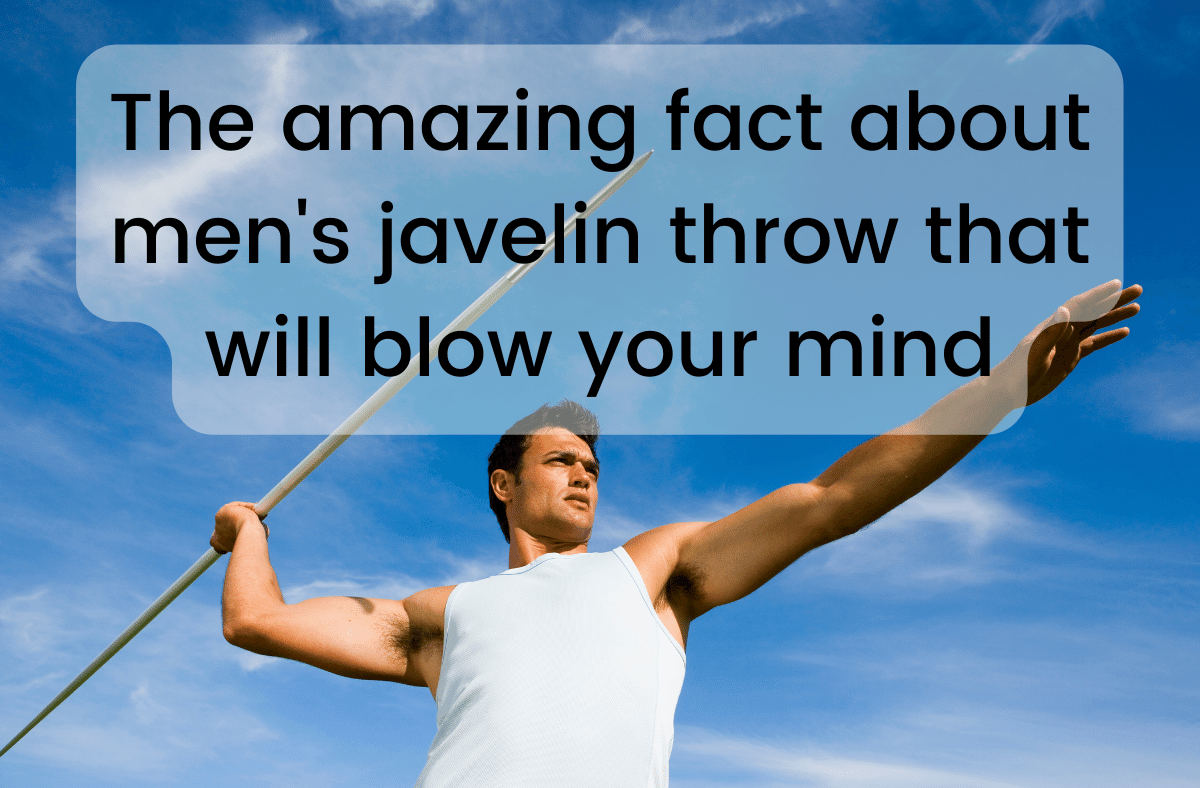For those in a hurry
- Gaylord Perry was a Hall of Fame pitcher who played for 22 years in the major leagues.
- He was not a good hitter and his manager Alvin Dark once said, “They’ll put a man on the moon before he hits a home run.”
- On July 20, 1969, Perry hit his first career home run, just minutes after Apollo 11 landed on the moon.
- This was a remarkable coincidence that became a part of baseball lore.
The pitcher who couldn’t hit
Gaylord Perry was one of the best pitchers of his era, winning 314 games and striking out 3,534 batters. He was also notorious for his use of illegal pitches, such as the spitball and the Vaseline ball, that gave him an edge over hitters. He was inducted into the Baseball Hall of Fame in 1991.
But Perry had one glaring weakness: he could not hit. In his 22-year career, he batted .131 with six home runs and 47 RBIs. He struck out 718 times in 1,076 at-bats. He was so bad at hitting that his manager Alvin Dark once joked, “They’ll put a man on the moon before he hits a home run.”
Dark made this remark in 1964, when Perry was playing for the San Francisco Giants. At that time, the space race between the United States and the Soviet Union was heating up, and NASA was planning to send astronauts to the moon by the end of the decade.
The home run that shocked everyone
On July 20, 1969, Perry was pitching for the Giants against the Los Angeles Dodgers at Candlestick Park. The game started at 1 p.m., and most Americans were glued to their TVs, watching the historic Apollo 11 mission.
At 1:17 p.m., Neil Armstrong and Buzz Aldrin landed their lunar module on the moon, becoming the first humans to do so. The crowd at Candlestick Park cheered when they heard the announcement over the loudspeaker.
In the bottom of the third inning, Perry came up to bat against Dodgers left-hander Claude Osteen. Osteen threw him a fastball, and Perry swung hard. To everyone’s surprise, he hit a line drive that cleared the left-field fence for a home run.
It was Perry’s first career home run, after 547 plate appearances. His first and only home run came just minutes after Armstrong and Aldrin touched down on the moon. It was a stunning coincidence that fulfilled Dark’s prophecy.
Perry later said, “I was thinking they were cheering because of the moon landing. I didn’t know I hit it out until I got to second base.” He also said, “Neil and I both had good days, but he had a better day than I did.”
The legend that lives on
Perry’s home run became a part of baseball lore, as one of the most amazing coincidences in sports history. It was also one of the few highlights of his hitting career. He would hit only five more home runs in his career, with his last one coming in 1978.
Perry’s home run also inspired a book by former Giants beat writer John Shea, titled “Moon Shot: The Inside Story of America’s Apollo Moon Landings.” The book features interviews with Perry and other baseball players who witnessed or were influenced by the moon landing.
Perry’s home run is a reminder of how baseball and history can intersect in unexpected ways. It also shows how sometimes, even the most unlikely predictions can come true.








